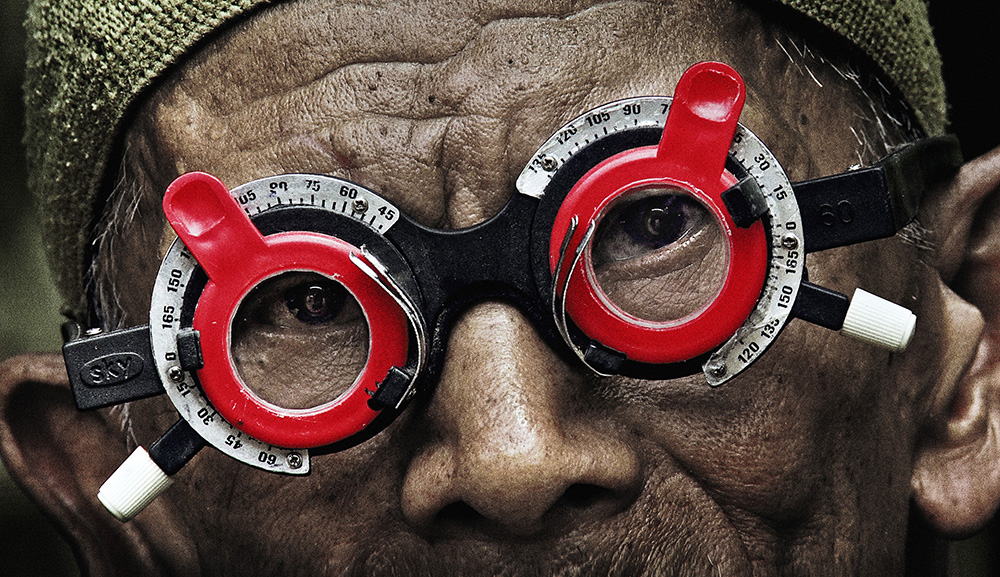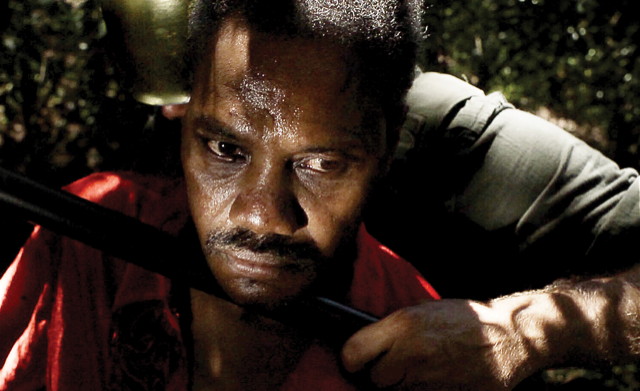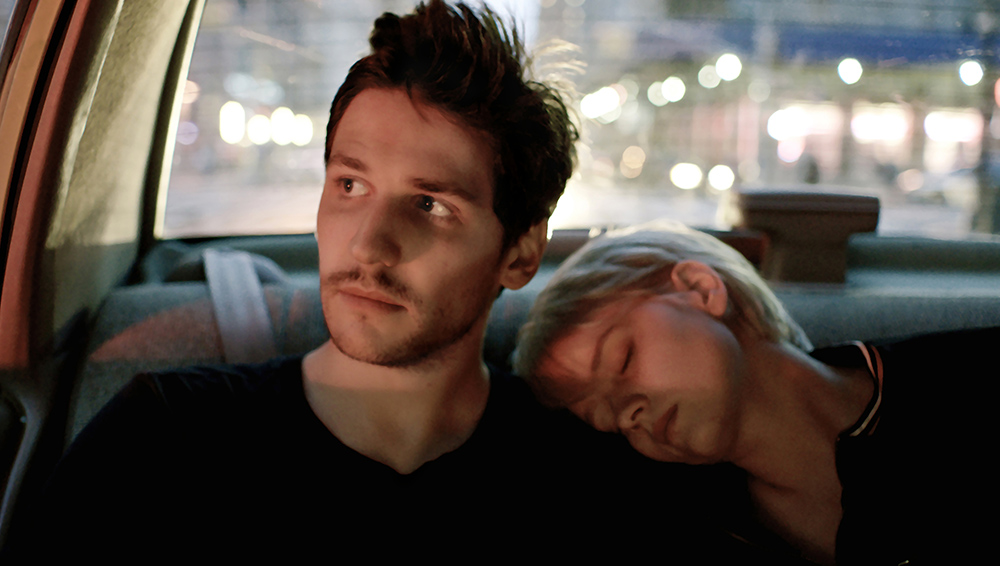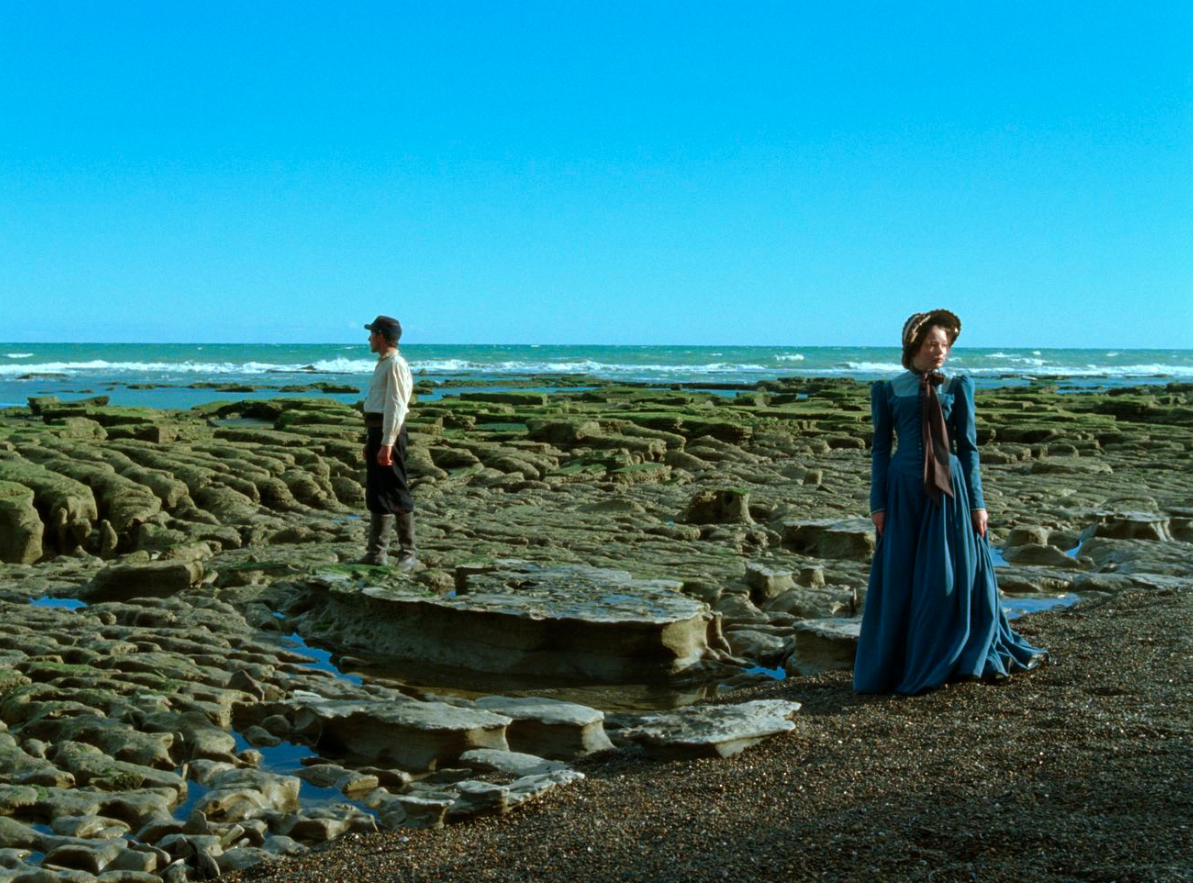As I sit here nursing a sore throat and wishing I could stay locked inside forever, free from the noxious exhaust pipes and cigarette smoke mixed with the encroaching New York winter chill, I think about the dozen movies I got to see last month, some of which screened in NY for the very first time, and how the hell I’m going to write about them. The richness of The New York Film Festival — whether the latest (and possibly last) works from festival veterans like Alain Resnais or Jean-Luc Godard, sneak previews of awards-season trinkets (Foxcatcher) or long-awaited films from arthouse titans (Costa, Alonso) — is always tough to reckon with, in part because these films have so little to do with each other. To recharge one’s critical faculties between seeing as many as three films in a day that were produced within as many different timezones is an effort unto itself, and many fellow members of the press were vocal about this discomfort.
For someone whose day job certainly isn’t being paid to watch movies, it was a privilege to be among the first to see these films, even if the viewing conditions were less than ideal. The purpose of writing about a film festival is largely a promotional one, in that the 27 titles included in this year’s main slate will not all make it to US screens past this first public unveiling. With that in mind, I tried to avoid recalling the smell of hand sanitizer from the lady sitting next to me as Jauja began, or the whispers and cell-phone ringing from the Horse Money attendees behind me, or the men chuckling during the opening titles of Pasolini when an Italian Tax Credit came on the screen — instances where one could easily point fingers and say, “you are part of the problem.” It’s fair to say that many of these films are difficult to watch, even deliberately alienating to some degree, and perhaps that doesn’t suit everybody’s attention span. But the rest of us have the right to engage. As long as there are still valiantly intrepid distribution companies willing to carry the torch of adventurous cinema, these films will find their audience.
The Look of Silence
Dir. Joshua Oppenheimer

I will admit I’m indifferent to Joshua Oppenheimer’s much-celebrated duo of documentary inquiries into the 1965-66 Indonesian genocide, The Act of Killing and this year’s The Look of Silence. These are films that steep us in the banality of evil to the degree that looking away feels like a moral injustice, while exuding the kind of self-importance that leaves little room for discussion or debate. This time around, Oppenheimer invites us to wrestle with psychology of selective memory by having the brother of one of the victims, Adi, question and reveal himself to the aging murderers themselves years after the fact. It’s a noble and provocative but strangely empty gesture, eliciting no contrition from his subjects. There’s something deceptively spare and unassuming about these films, and I feel they evoke little political necessity overall, other than indulging a Western audience’s thirst for nausea.
Horse Money
Dir. Pedro Costa

While the ravages of a historic military coup are self-evident in Oppenheimer’s film, no film was as cryptic as Pedro Costa’s Horse Money, the latest in his series of docu-fiction hybrids based around Cape Verdean immigrants, in which one man’s post-traumatic memories are given cautiously shimmering life. While Costa’s last few films were shot in real locations, with low-tech cameras (he again uses the Panasonic AG-DVX100), it’s often difficult to know where or when we are in Horse Money. The majority of the film takes place in a cavernous asylum wherein an elderly Ventura, claiming to be 19 years old — his hands still shaking from a knife fight alluded to years before — encounters cousins, doctors, soldiers, and a woman named Vitalina who may or may not have a connection to his past. The plot of Horse Money is less important than Costa’s inventive use of chiaroscuro lighting and deep-space photography, resulting in inky expressionist compositions that have little compare in contemporary filmmaking. In one of the film’s most memorable shots, the two subjects sit close together surrounded by darkness underneath a halo of city lights, and the mutual cataclysm of their past is given verbal declaration. Though more quickly paced than his last films, Horse Money is even more opaque and haunting, largely because the very idea of heritage — cultural and psychological — is consistently questioned and displaced.
Eden
Dir. Mia Hansen-Løve

Sometimes the cumulative effect of a movie washes over you midway through, as familiar events and subjects take on a new resonance by sheer dint of being woven together. Few filmmakers are as obsessed with the pile-up of days as Mia Hansen-Løve, who sincerely portrays the tension between her characters’ overarching sense of destiny and the personal decisions that bring them a sense of freedom. In a lesser filmmaker’s hands, the story of one DJ’s coming-of-age through the advent of French house music — that spacey, sample-heavy “modern disco” so graceful compared to what followed — would be portrayed with the type of speed-freak machismo and stylistic flourishes that have become rote since the arrival of Gaspar Noé. Instead, Eden watches Paul (Félix de Givry) from a distance as he slips in and out of ecstatic crowds, enjoying the music in the background by himself, making reckless fiscal decisions, and meeting an invariable amount of gorgeous women. Hansen-Love’s scenes avoid any sense of closure or finality, and the narrative is blissfully near-immaterial, except when she strains to delineate the passage of time: unlike the similarly sprawling Boyhood, Eden takes place in discrete two-year increments, each clearly delineated on screen; and as time goes by, Paul’s lifestyle changes little. At one point in the film, he is devalued by his mother as one who detests intellectuals; years later, he is cheekily singled out by a potential fling as “too intellectual.” Eden is not a formalist breakthrough, but does it have to be? As s film that includes two uses of split screen — one awful and the other transcendent — it triumphs by the skin of its humility.
Jauja
Dir. Lisandro Alonso

In Argentinian director Lisandro Alonso’s blissed-out Jauja, a gruff Danish military engineer named Dinesen (Viggo Mortensen) camps out with his lilywhite daughter Ingeborg on the Patagonian coast as part of a campaign to drive out indigenous peoples from the region. When Pittaluga, a ribald lieutenant with satyr-like red pants and bedecked chest, asks Dinesen to trade his daughter for a horse, he refuses. Ingeborg, however, has already had her heart stolen away — by the desert, or by a certain young soldier, or both. (“I love the way it fills me,” she says, implying knowledge of something more than just landscape.) They run off in the night together, and Dinesen, who spurts into a mad rage, soon calms down and shuts his eyes for about two minutes.
What would seem to be the setup for a mythical sex comedy becomes something rather different as time slows down and characters disappear. A tin soldier becomes the link to a parallel universe, and like Mulholland Drive’s blue box, its place in a third-act reversal invites no shortage of wonky interpretations. Pretty much every image in Jauja is a knockout, with deep-focus compositions framing magic-hour skies, viridescent groves and distinctly unnatural frontal lighting, all shot on 35mm film, creating an effect unlike anything else I saw at the festival. Like the similarly languorous, nature-steeped films of Apichatpong Weerasethakul, your enjoyment will depend on this transfixion. While parts of it may feel familiar to seasoned arthouse filmgoers and provide a “puzzle” for others, my feeling is that Alonso has crafted the rare minimalist Western that stubbornly resists allegory, functioning more simply as a beautifully crafted love letter to his own country. He conjures up a pastoral land where perverts and mystics are on equal ground, only to make it out on the other side of the hourglass.
Heaven Knows What
Dir. Josh and Benny Safdie

The paradox of addiction is that it always looks toward the future, even while life feels wholly present; the outside world becomes a constant shock to the senses, and the idea of reflection or “experience” becomes non-existent. Josh and Benny Safdie’s Heaven Knows What makes this literal as its gang of vagabonds are never not concerned with the business of being high — specifically in the high Upper West 70s, where bags of heroin are bought and sold in broad daylight, and you can yell at your lover on the street without fear of interrupting the hazy flow of the city. We know nothing of their past, nor are we given psychological explanation; as Harley (Arielle Holmes) is spurned by her erstwhile lover, Ilya, and falls for his manipulative games, we are given witness to a host of bad decisions much as we are swamped in the texture of her world. The entire film was shot on long lenses from high angles, giving a nearly omniscient view of events and a quasi-surreal vision of those entirely confined outside the blind eye of the public. The ramshackle aesthetic and thunderous sound design — a cacophony of voices and lacerating electro-Debussy score by Isao Tomita — is so overwhelming one wonders whether the Safdies were overcompensating for the lack of overarching dramatic incident. But the film’s lack of moral stance or causality, its sensory overload, and the attentive and respectful portrait of a dangerous subculture may very well turn it into the 21st century Kids. (It also has one of the great opening credits sequences in recent memory.)
